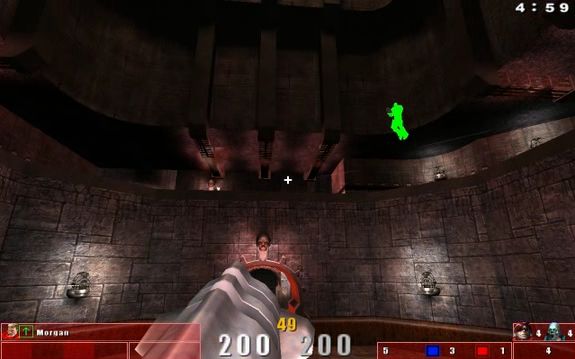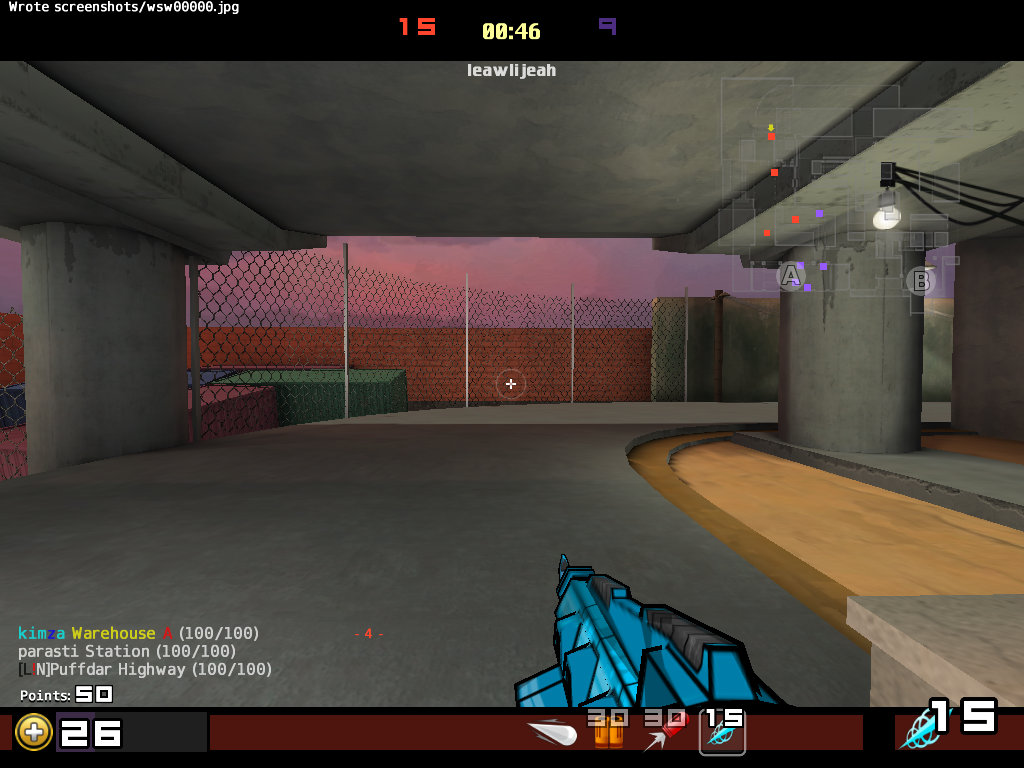

Also other systems like Torque 3D, Quake Live technology and more will be seeing this trend continue when it comes to games online. It looks like that movement will continue as more and more game companies and publishers see the valid capabilities of Unity 3D to deliver when you need really deeply immersive 3d experiences in the browser.

All these systems have provided us browser based triple AAA style gaming fun. Quake Live from id software uses their own system that wraps existing games (originally developed by Gaim Theory then bought by id Software) and instant action technology from garage games that runs instant action. This is a major shift in the game industry and how it is being expanded into online properties that rival or better the console and desktop versions through online communities. It was announced that they were using the engine in June on their blog but only on the reposted version here not the original post where the engine was just deemed “new technology”. Journal of Sound and Vibration, 371, 110-131.Electronic Arts is using Unity 3D to develop Tiger Woods Online. System identification through nonstationary data using Time-Frequency Blind Source Separation. Generation of artificial earthquake records with a nonstationary Kanai–Tajimi model. Evolutionary Kanai-Tajimi earthquake models. Any comment, question or suggestions to improve the code is warmly welcomed. The signal processing toolbox is used here through the function filtfilt. However, other functions may alternatively be used. The optimization toolbox is required for the fitting procedure (lsqcurvefit). The present submission contains, in addition, a Matlab function to fit the non-stationary Kanai–Tajimi model to ground acceleration records. However, the method itself is older, see e.g. Non-stationary ground acceleration records are simulated based on the example proposed in the paper of Guo et al.

Ground acceleration records are simulated using the non-stationary Kanai–Tajimi model Ground acceleration records are simulated using the non-stationnary Kanai–Tajimi model


 0 kommentar(er)
0 kommentar(er)
